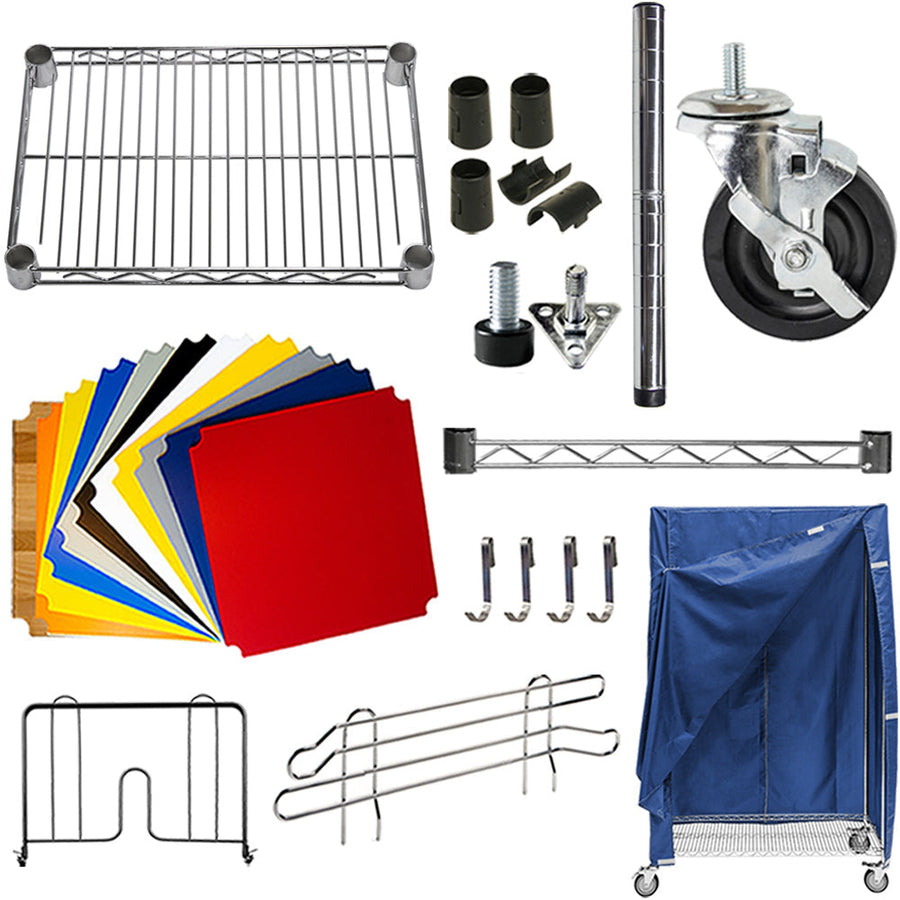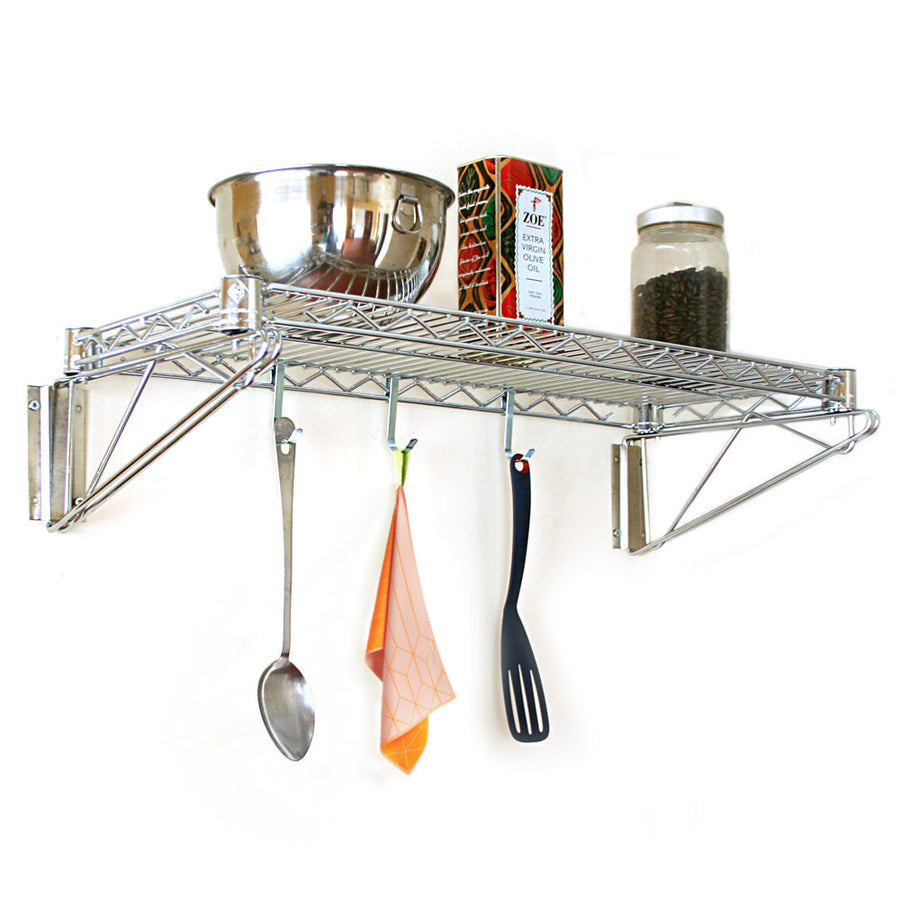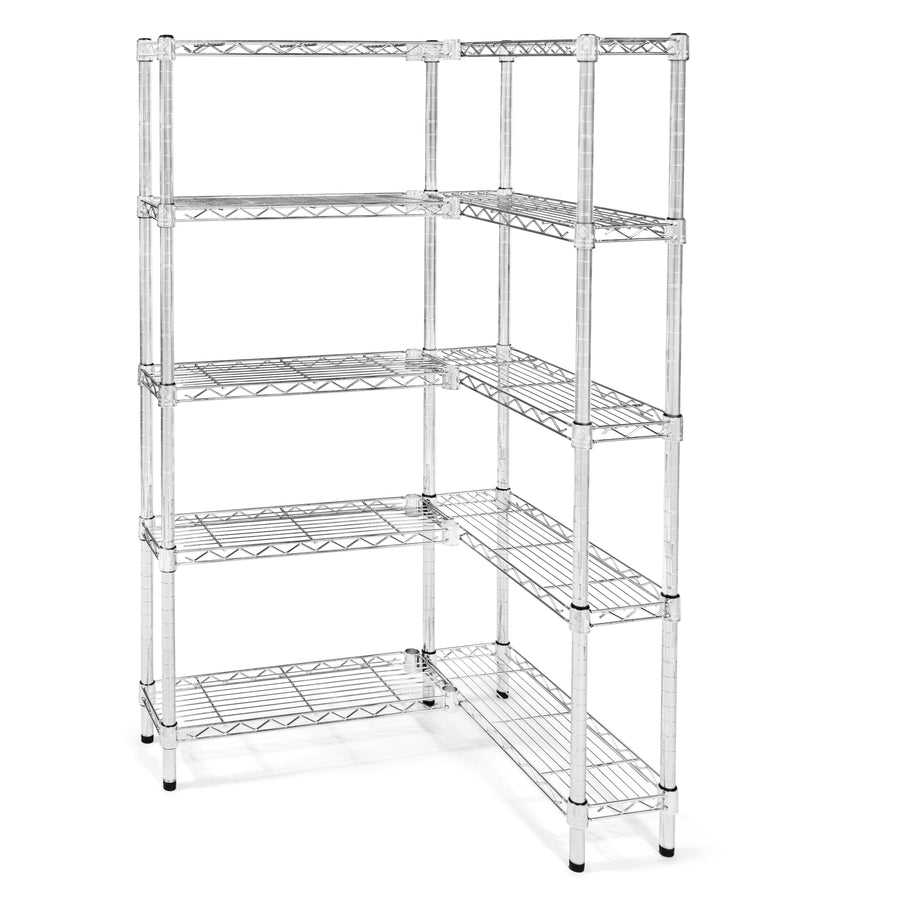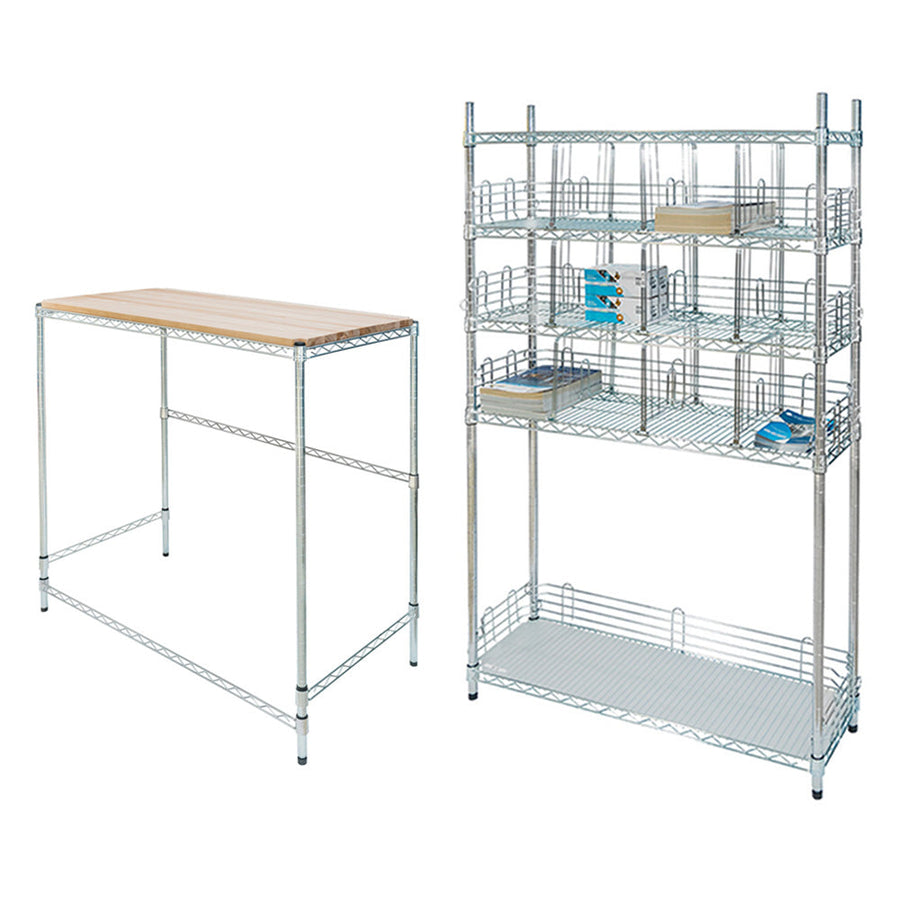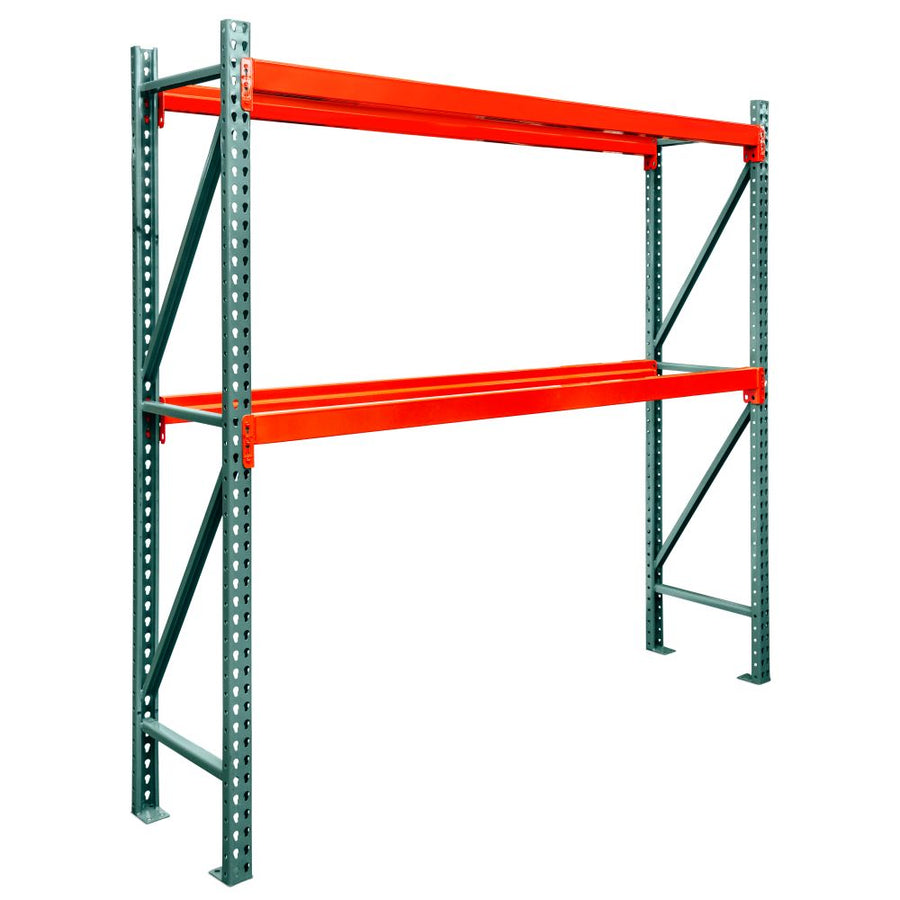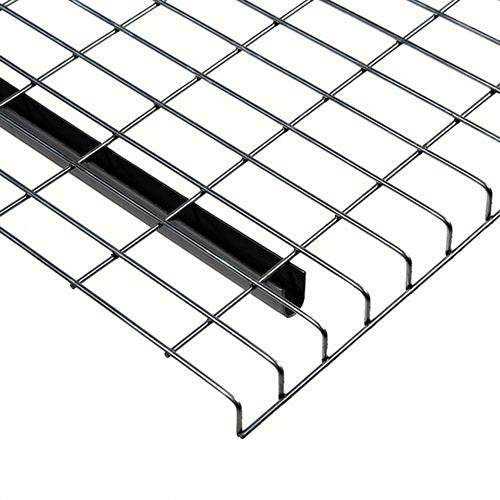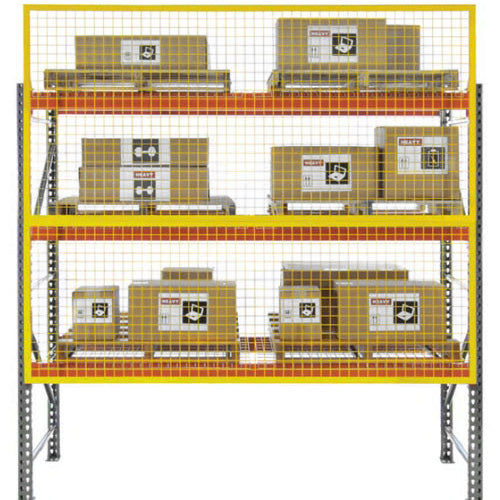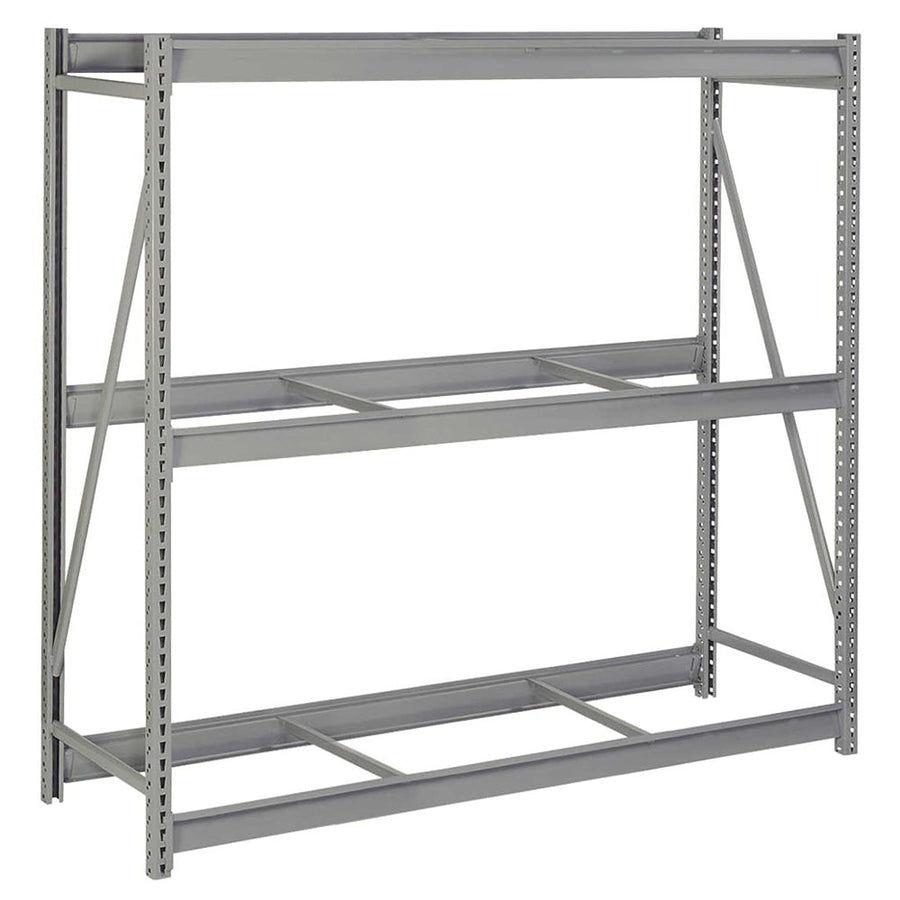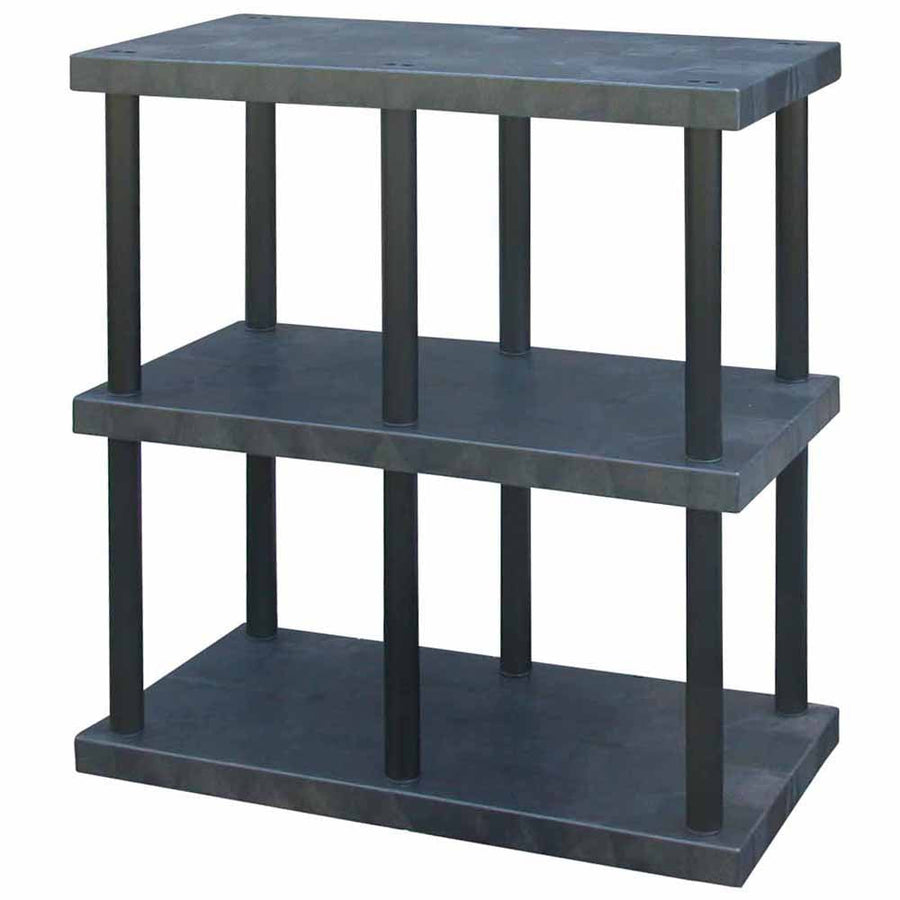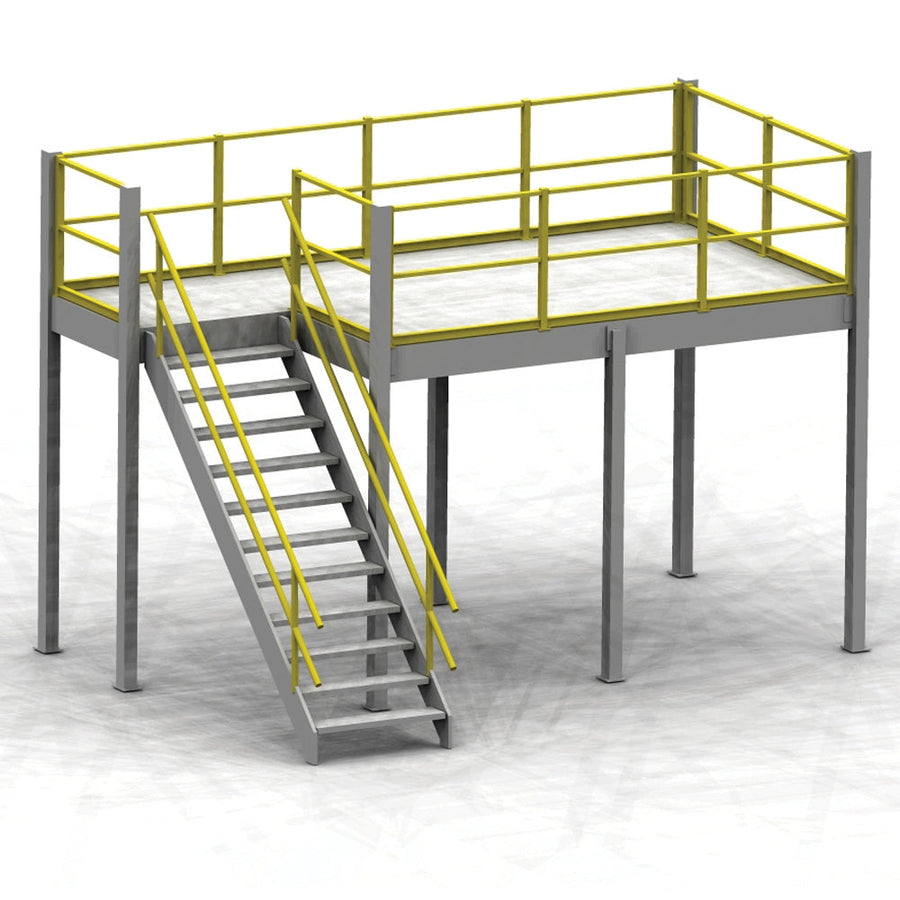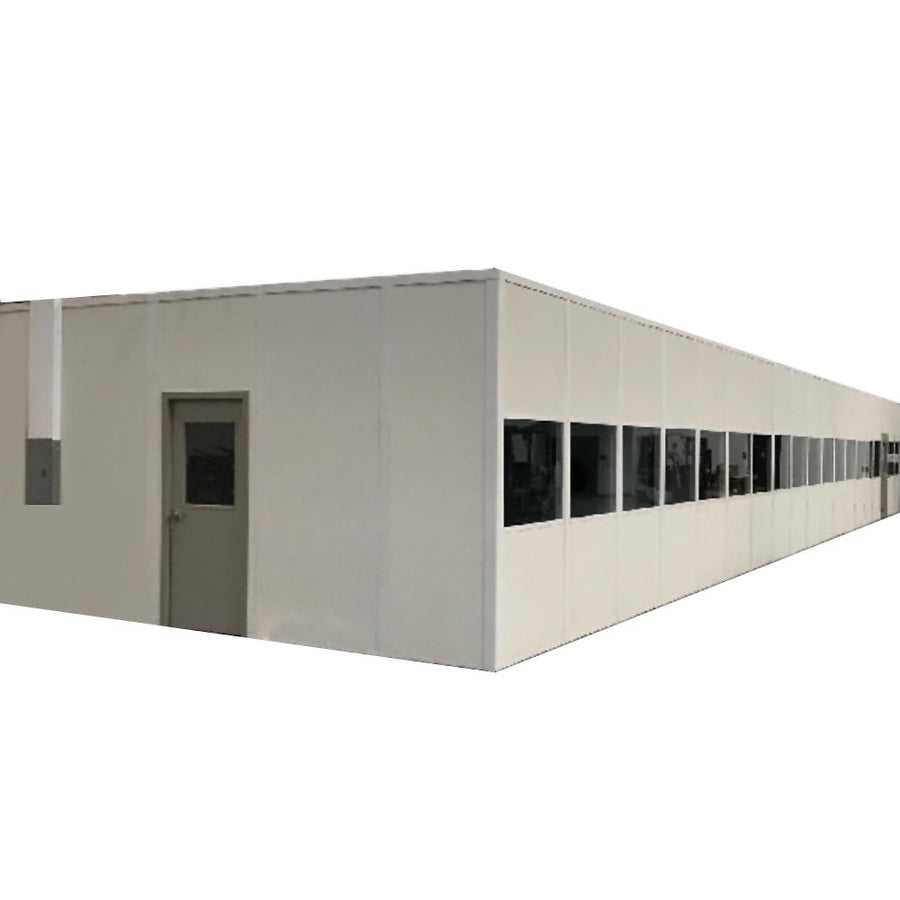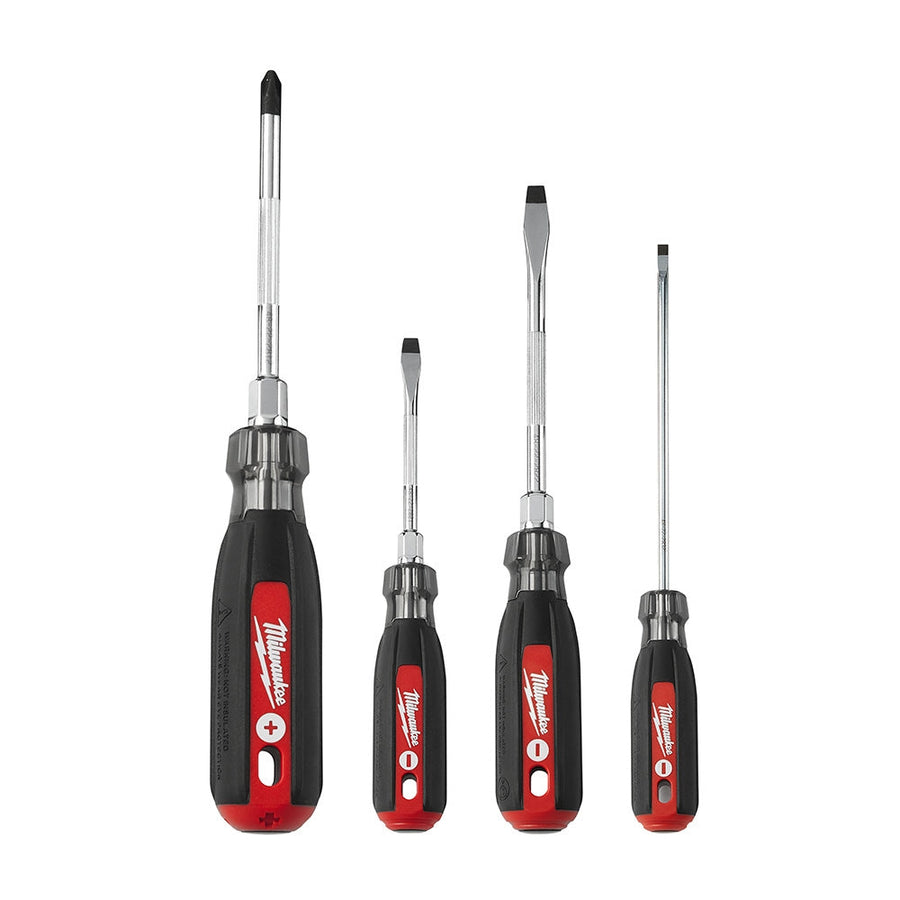Warehouses and distribution centers are always searching for ways to optimize storage space and improve inventory management. One effective solution is implementing a gravity flow racking system. These systems leverage gravity to move products efficiently, ensuring smooth operations while maximizing space. In this article, we’ll explore what pallet racking and gravity flow racking are, the benefits of gravity flow racking, and how easy it is to convert pallet racking to gravity flow racking with Shelving.com!
What Is Pallet Racking?
Pallet racking is a type of storage system used in warehouses to store goods – typically on pallets. This racking system is designed to allow easy access to products, offering flexibility and scalability. Standard pallet racks consist of vertical beams that support horizontal load beams, creating shelves for pallets. These racks can be configured to fit the needs of any warehouse, whether for selective racking, drive-in racking, or more advanced systems.
What Is Gravity Flow Racking?
Gravity flow racking is a more specialized type of pallet racking system that uses gravity to automatically move products through the racks. This system is designed to optimize space and improve picking efficiency. It operates on the First In, First Out (FIFO) principle, meaning the oldest products are always at the front, ready for picking. Gravity flow racking can be customized for both carton flow and pallet flow depending on the size and weight of the items being stored. This can be done through a variety of ways, as discussed below.
The Components of Gravity Flow Racking Systems
Gravity flow racking systems are made up of several key components:
-
Roller Tracks or Wheels: These components allow products to move smoothly due to gravity. Roller tracks are used for lighter items, while wheels are better for heavier loads.
-
Inclined Shelves or Lanes: The racks are angled to ensure that products naturally move from the loading side toward the picking side, to ensure that the oldest product is the first one picked off the rack.
-
Brakes and Speed Controllers: To prevent products from moving too quickly, brakes or speed controllers are installed to regulate the flow of goods down the incline.
-
Racking Structure and Support Beams: These provide stability and support to the system.
-
Lane Dividers and Guides: These components help organize the products and prevent them from mixing between lanes.
Benefits of Gravity Flow Racking Systems
Gravity flow racking offers numerous advantages for warehouses looking to streamline operations and maximize their storage efficiency. Here are some of the top reasons why our customers love our gravity flow racking systems:
1. Space Optimization
Gravity flow racks make the best use of vertical and horizontal space in a warehouse. The inclined lanes allow for high-density storage without the need for large aisles. This enables you to store more goods in the same amount of space compared to traditional pallet racks.
2. FIFO Inventory Management
With the FIFO system, the oldest inventory is always picked first. This is especially important for industries like food and beverage or pharmaceuticals, where products have expiration dates. By reducing the time goods stay in storage, the FIFO system also minimizes the risk of product spoilage or difficult product access.
3. Enhanced Picking Efficiency
The self-moving nature of gravity flow racks ensures that products naturally move to the picking end. This reduces the need for manual labor to move products, speeding up the picking process and improving overall warehouse efficiency.
4. Reduced Labor Costs
By reducing manual labor requirements associated with picking and restocking, gravity flow racking systems help reduce labor costs. The automatic flow of products allows warehouse staff to focus on higher-priority tasks.
5. Versatility in Storage
Gravity flow racking systems are customizable to store a wide range of products, from heavy pallets to small boxes. The system can be adjusted to accommodate different product sizes and weights, making it a flexible solution for industries such as manufacturing, distribution, and retail.
How Easy Is It to Convert Pallet Racking to Gravity Flow Racking?
One of the major advantages of gravity flow racking is its ease of integration into existing pallet racking systems. Converting standard pallet racking into a gravity flow system is a straightforward process that can be achieved by adding roller tracks, inclined lanes, and braking mechanisms. These additional components can be retrofitted to existing structures without requiring a complete overhaul of the warehouse setup.
Shelving.com can even create temporary gravity flow racking for higher volume times, which can be retrofitted to turn back into a regular standing pallet rack. We do all the hard work for you, installing, adjusting beam levels, rollers, and more. We offer Unex Flowcell Rollers, which can be made of plastic, steel, or aluminum, ensuring your products make it down the line safely!
Contact Shelving.com to learn more about how we can help convert your pallet racking!
How We Convert Pallet Racking to Gravity Flow Racking:
-
Assessment and Planning: Shelving.com can review your existing pallet racking layout and determine which sections of the warehouse would benefit from gravity flow racking. High-traffic areas with frequent inventory turnover are ideal candidates for conversion. Give us a call and we’d be glad to come out and take a look!
-
Customization: Work with Shelving.com to customize your roller track systems by adding tracks and dividers to fit your specific products and warehouse needs. We can custom design the rollers and even create labels to help you identify part numbers at the front of the lane.
-
Installation: Shelving.com will come out and install the gravity flow components in your current racking system. This may involve installing inclined tracks, adding support beams, custom rollers, and integrating speed controllers for smooth product flow.
-
Employee Training: Ensure warehouse staff are properly trained in how to use the new system, focusing on safety and operational efficiency.
-
Ongoing Maintenance: Shelving.com will regularly come out and inspect the system for wear and tear, ensuring the rollers and lanes remain aligned and functional.
Applications of Gravity Flow Racking Systems
Gravity flow racking is ideal for many industries, including:
-
Manufacturing & Distribution: Facilitates easy access to parts and products, speeding up assembly lines and distribution processes.
-
Food & Beverage: Ensures FIFO for perishable goods, reducing waste, saving time, and improving inventory turnover.
-
Automotive: Manages parts of different sizes and weights efficiently, optimizing storage, efficiency, and retrieval.
-
Retail: Organizes back-of-store storage, making it easier to restock shelves and manage seasonal or perishable products.
Conclusion: Maximize Warehouse Efficiency with Gravity Flow Racking
Gravity flow racking systems are a game-changer for warehouses seeking to enhance space utilization, improve picking efficiency, and streamline inventory management. By converting your existing pallet racking into a gravity flow system, you can quickly realize these benefits without a full warehouse redesign. Whether you’re managing a high-volume distribution center, a food warehouse, or a retail operation, gravity flow racking can make your processes more efficient, save time, and reduce costs.
Ready to optimize your warehouse with gravity flow racking? Contact us today for a free quote and expert advice on how to get started.



